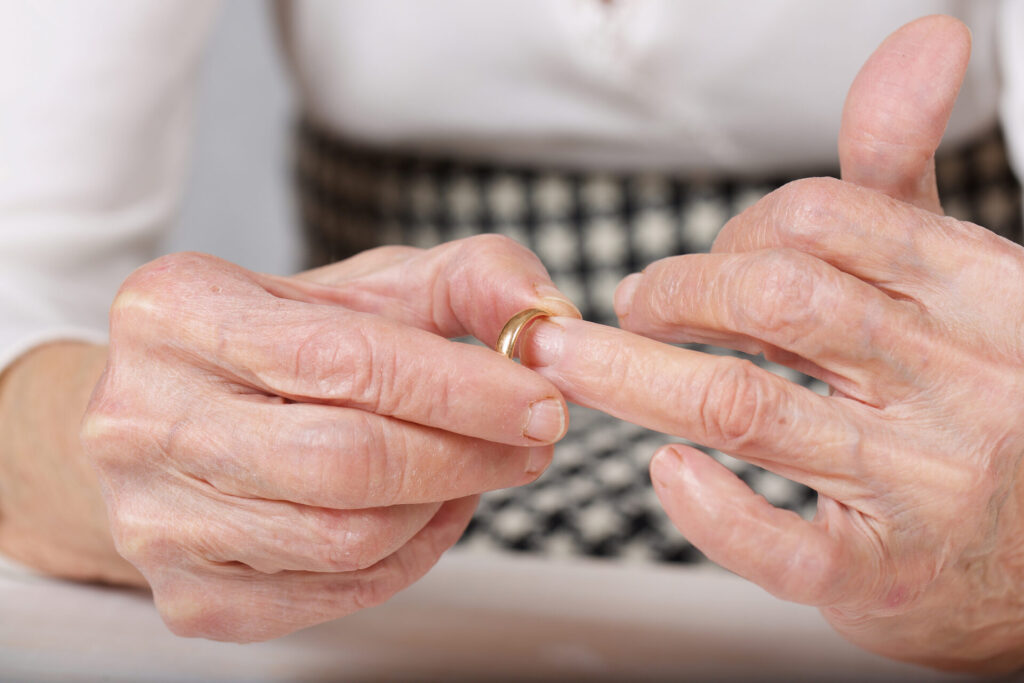At some point during the teen years, both boys and girls usually begin to try their hand at shaving, whether it’s in response to the beginnings of male facial hair (the “teen ‘stache” as one mom calls it) or unwanted female leg and underarm hair.

Dr. Shannon Humphrey, a medical and cosmetic dermatologist and mother of three from Vancouver B.C., says there’s no “right age” to start shaving, and that parents need to talk to their kids to determine the right time. “Of course, children who enter puberty early and develop significant adult hair may be inclined to shave earlier. However, it’s also an issue of maturity. Shaving is a practice that requires an ongoing commitment and attention to safety,” she says.
While some kids become self-conscious at the appearance of new hair growth on their bodies (with peer pressure playing a role) others seem unfazed, and are in no rush to take action. Last year, my then seven-year-old niece asked if she could shave her dark leg hair – before her two older sisters showed an interest – and her mother helped her. She hasn’t mentioned it again since.
As a parent, you can let your child know that you’re there whenever they’re ready to start thinking about hair removal and, if possible, the same-gender parent can take their teen shopping for shaving products. This makes it feel like an exciting and important rite of passage.
“Shaving is actually a social ritual and not required for overall health or hygiene,” says Dr. Humphrey, so follow your child’s lead and comfort level to ensure a “smooth” transition to this phase.
Here are some important tips to pass along:
- Select a razor carefully: As adults we often prefer multi-blade razors to achieve that desirable smooth feeling after shaving, but Dr. Humphrey believes that young people should choose a single blade to significantly reduce skin irritation, such as the Bic yellow single blade razor. Boys with facial acne may want to consider an electric shaver as a gentler alternative to a blade.
- Use shave gel: Dr. Humphrey recommends a gentle, fragrance-free shaving cream for delicate teen skin. The use of shave gel also helps teens keep track of where they’ve shaved to avoid missing any spots.
- Shave after or during a warm bath or shower. This helps soften the hair and reduce irritation.
- Work on technique: Teens should use a light touch, and while adults may do a second swipe with the razor to get closer results, Dr. Humphrey advises beginning shavers to stick with only one pass. Boys should also avoid shaving against the direction of facial hair growth, which can lead to problems like ingrown hairs.
- Use moisturizing product afterwards: This will help soothe the skin and avoid dryness or bumps. As a hair-removal rookie many years ago, my legs were always dry and itchy after using a razor until I discovered baby oil as an essential post-shave product. I still use it now!
- Change blades frequently: This will help with effectiveness and minimize razor burn. Some razors even have an indicator strip which fades with use, helping alert teens that it’s time for a change.
- Don’t share razors: While you may have a hard time keeping teens from borrowing from you or their siblings, stress that this is an important rule to follow for hygiene and safety. Providing everyone with their own personal tools should help.
What if your teen is interested in a different method of hair removal?
Dermatologist Dr. Shannon Humphrey says “methods like depilatory cream, waxing or threading may be preferable to shaving because of their favourable safety profiles. Depilatory creams are widely available and technically easy to apply, though unfortunately most of them still have a strong odour.”
These methods also require a certain amount of hair growth to be effective, which might not be desirable at an age when many teens are already self-conscious.
Originally published in ParentsCanada magazine, June/July 2014.









